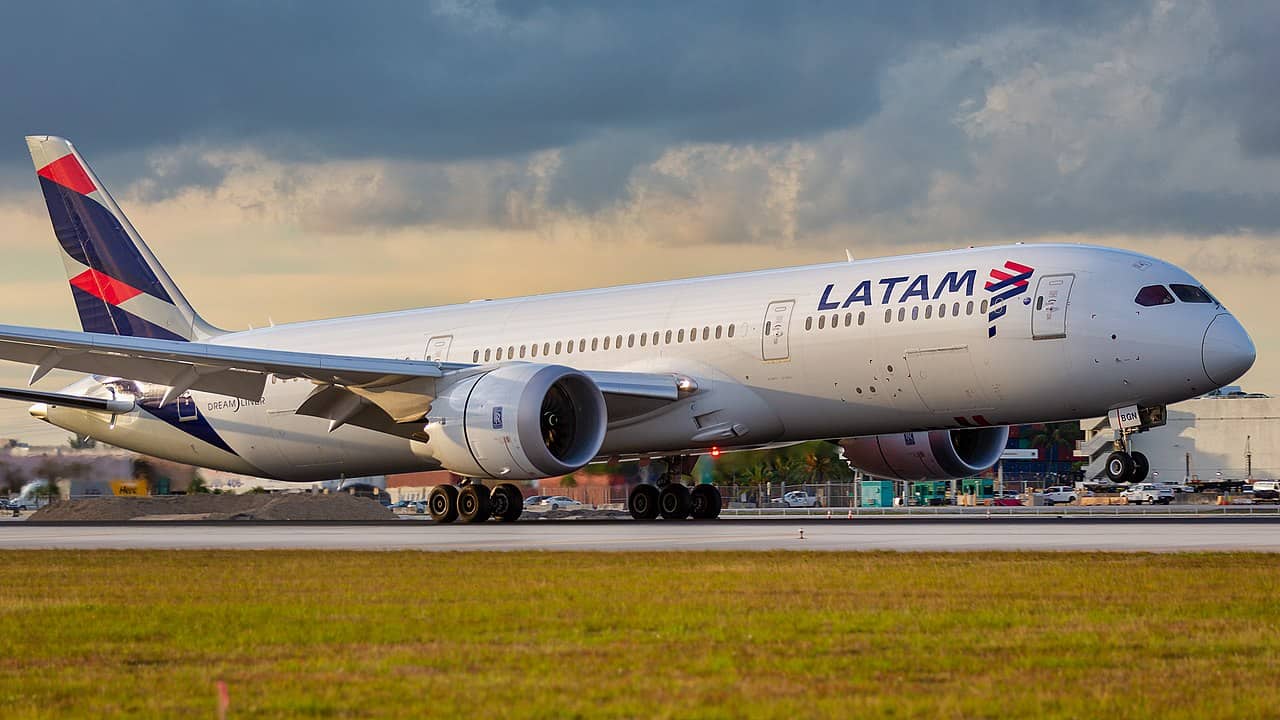The chief executive of Latin America’s largest airline wants the company to take on a more socially conscious role after the Covid-19 pandemic bankrupted it and raised “existential doubts” about its future.
Roberto Alvo, who was named CEO of Latam Airlines Group just as the global pandemic began to unfold in early 2020, said the company would have to focus on customer service, the environment, and equality after it emerged last week from a Chapter 11 process that dragged on for nearly two and a half years.
“We were facing an existential threat that we didn’t know if we would survive,” Alvo said in an interview. “We must think about what we must do for the good of society.”

Alvo cited the Santiago, Chile-based airline’s decision to fly millions of Covid-19 vaccines during the pandemic for free as an example of the role it can play.
It has also announced programs to help offset carbon emissions and reduce waste in the coming years.
GROWTH PROSPECTS
Latam scaled back the Chapter 11 process to cut US$3.6 billion of debt.
It emerged with US$2.2 billion of liquidity at its disposal in cash and credit lines while contemplating adding dozens of new routes as demand begins to recover to levels seen before the pandemic.
Alvo said Latam is well positioned to grow in the region after Covid-19 upended the travel industry and forced several airlines into bankruptcy, leading to industry consolidation.
The company’s shares are listed in Santiago, and Alvo expects them to eventually return to the New York Stock Exchange, from which it will be delisted during the process.
Some of its largest creditors, Sixth Street, Strategic Value Partners, and Sculptor Capital Management, have become shareholders along with existing shareholders Delta Air Lines, Qatar Airways, and the Cueto family.
“We did a good job of using the restructuring and the crisis to make Latam a stronger, much more agile airline,” he said. “By mid-2023, we should be the same size we used before the pandemic.”
Air travel in the region returned to pre-pandemic levels for the first time in September, according to the Air Transport Association of Latin America and the Caribbean, even though international travel to several markets remained well below 2019 levels.
Airlines have primarily focused on competing on price as demand has recovered with the rapid growth of low-cost carriers.
Even two of Latam’s biggest competitors, Colombia’s Avianca Group and Brazil’s Gol Linhas Aéreas Inteligentes, joined forces under a common ownership structure after Avianca emerged from its own Chapter 11 reconstruction.
Latam, the region’s largest airline, plans to continue to offer a range of options to travelers, Alvo said. By 2029, the carrier will acquire more fuel-efficient Airbus 87 A320neo aircraft.
It also implemented a joint venture with Delta that Alvo said would give customers access to more destinations and cheaper fares.
“There is room for Latam to serve a much broader spectrum of customers, whether we offer a premium product for business travelers or low-cost tickets with very few benefits,” he said. “We offer options.”
With information from Bloomberg

